The jungle, with its tangled vines and mysterious shadows, is home to some of the planet’s most fearsome creatures. Hidden within its depths are predators that redefine what we know about danger, stealth, and raw power. These beasts are the stuff of nightmares, conjuring images that might keep you up at night. Whether drawn by curiosity or sheer fascination, let’s dive into the intimidating world of jungle predators, each more terrifying than the last.
1. Jaguar

The jaguar isn’t just a regular big cat; it’s the apex predator of the Amazon rainforest. Known for its powerful build and muscular jaw, this feline can crush skulls with a single bite. Jaguars are known for their solitary, nocturnal nature, becoming practically invisible as they stalk their prey. According to the World Wildlife Fund, they are also excellent swimmers, which significantly broadens their hunting grounds.
Their striking rosette-patterned fur may look beautiful, but it provides perfect camouflage in the dense jungle. This combination of beauty and lethal efficiency makes the jaguar a creature to be both admired and feared. Unlike other big cats, they often kill by targeting the skull rather than the neck, ensuring a swift end for their prey. This unique approach underscores their status as one of the jungle’s most formidable hunters.
2. Green Anaconda

Anacondas have long captured the imagination, thanks to their size and strength. The green anaconda, in particular, holds the crown as the heaviest snake in the world. These serpents lurk in the rivers and swamps of the Amazon, waiting to strike with brutal efficiency. While not venomous, their method of killing is no less terrifying—they constrict their prey, suffocating it slowly.
The sheer size of an anaconda is enough to inspire awe and fear. They can grow up to 30 feet long and weigh more than 500 pounds. Their preferred diet includes wild pigs, deer, and even jaguars, showcasing their capability to take down large animals. It’s their ability to launch a stealthy ambush that truly makes them a nightmare in the jungle.
3. Harpy Eagle
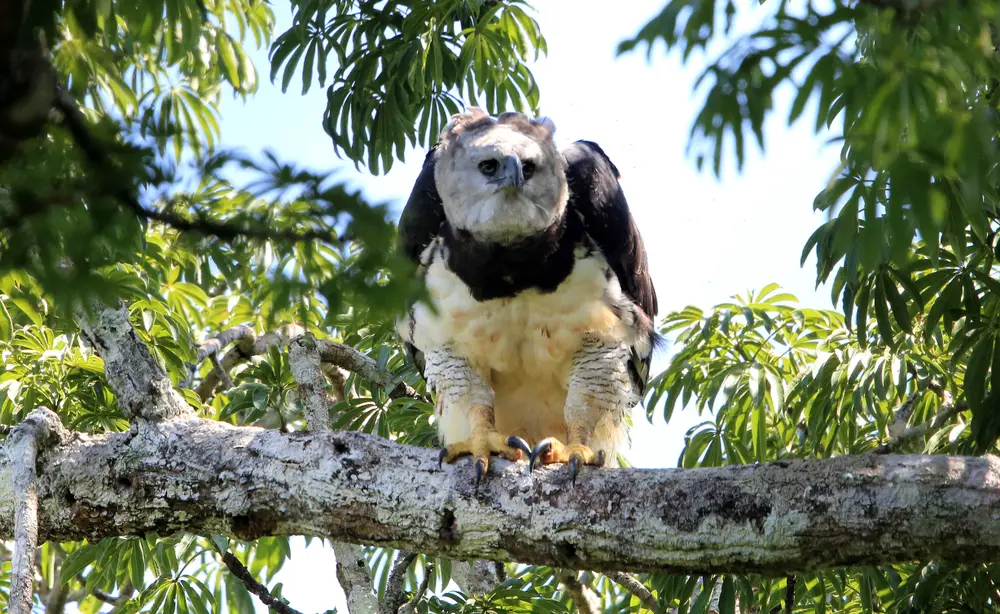
The harpy eagle is a bird that doesn’t just fly—it dominates the skies with an imposing presence. With talons that rival the size of a grizzly bear’s claws, this raptor is perfectly designed for hunting. It preys on sloths, monkeys, and other creatures that dwell in the canopy. Its piercing eyes and incredible vision allow it to spot prey from a great distance, making escape nearly impossible.
One of the largest and most powerful eagles, the harpy eagle is a symbol of strength and ferocity, states the experts at the San Diego Zoo. It’s not just the physical prowess that makes them intimidating, but their strategic hunting techniques. They can swoop down with incredible speed, capturing prey off guard. With wingspans that can reach seven feet, these birds are both master predators and hauntingly majestic.
4. Poison Dart Frog
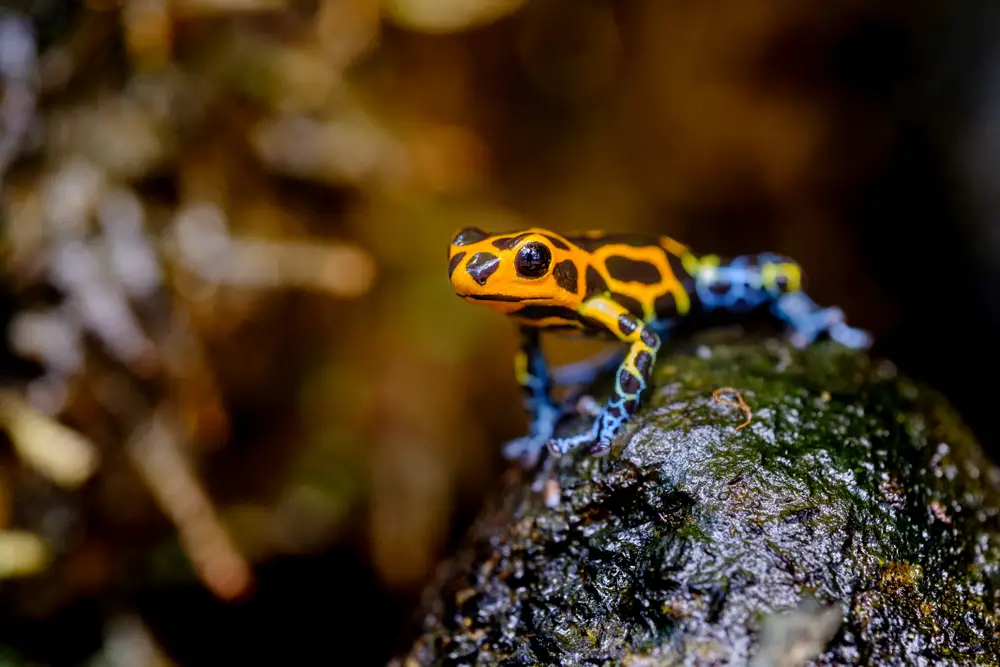
These tiny, vibrant creatures are more deadly than they look. Native to the rainforests of Central and South America, poison dart frogs carry toxins that can cause paralysis or even death. Despite their small size, their bright colors serve as a warning to potential predators. Some indigenous tribes use their potent secretions to poison the tips of blow darts for hunting.
What makes poison dart frogs particularly terrifying is the deadly potential concentrated in such a small body. With a diet that consists of ants and termites, their toxicity comes from the specific alkaloids found in their prey. Each species varies in toxicity, with some capable of taking down large animals or even humans. Their brightly colored skin might be eye-catching, but it’s best admired from a safe distance.
5. Black Caiman

The black caiman, lurking in the waters of the Amazon, is a force to be reckoned with. The largest predator in the Amazon basin, as detailed in Britannica, this reptilian menace can exceed 15 feet in length. They have a voracious appetite, preying on fish, birds, and even larger mammals that stray too close to the water’s edge. Their powerful jaws and stealthy nature make them highly efficient hunters.
Living primarily in slow-moving rivers and lakes, black caimans are masters of their aquatic domains. Their dark skin provides camouflage, allowing them to blend seamlessly with their murky surroundings. As they lie in wait, only their eyes and nostrils visible above the water, they’re ready to ambush unsuspecting prey. The unpredictability and sheer power of black caimans make them a fearsome presence.
6. Goliath Bird-Eating Tarantula
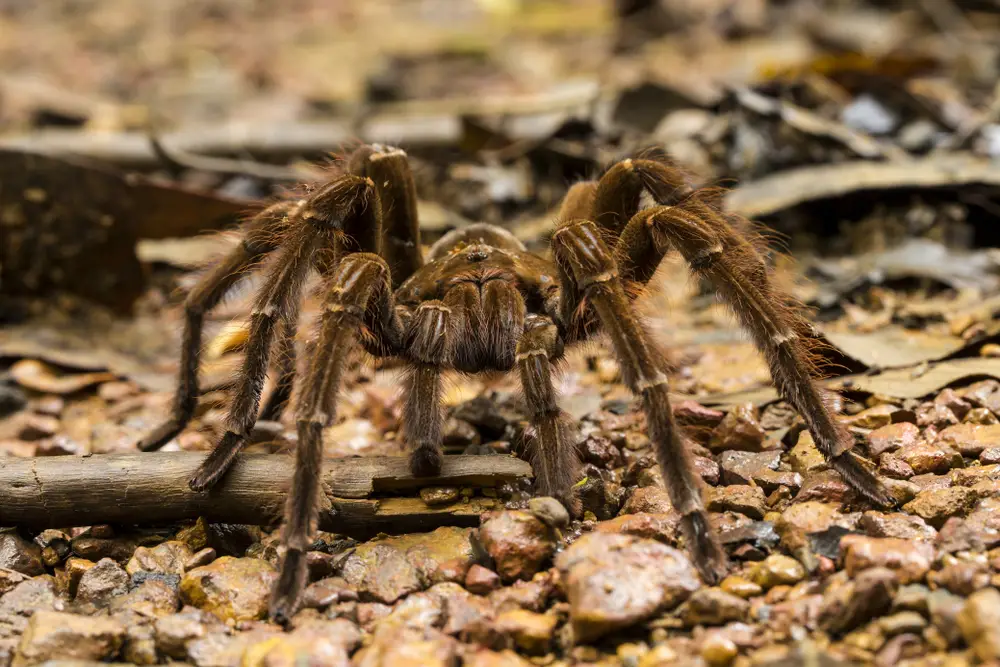
The goliath bird-eating tarantula isn’t your typical spider; it’s a creature of monstrous proportions. This arachnid, native to the rainforests of South America, can grow to the size of a dinner plate. Despite its name, it rarely preys on birds, favoring insects, rodents, and amphibians instead. Its hairy legs and sizable fangs make for a terrifying vision that’s not easily forgotten.
While its venom is not lethal to humans, the bite of a goliath tarantula can still be quite painful. It also has another defense mechanism—flicking urticating hairs from its abdomen, which can irritate human skin and eyes. Despite the intimidating appearance, these tarantulas are surprisingly gentle, unless provoked. Their formidable size and defensive capabilities, however, make them a creature best viewed from afar.
7. Python
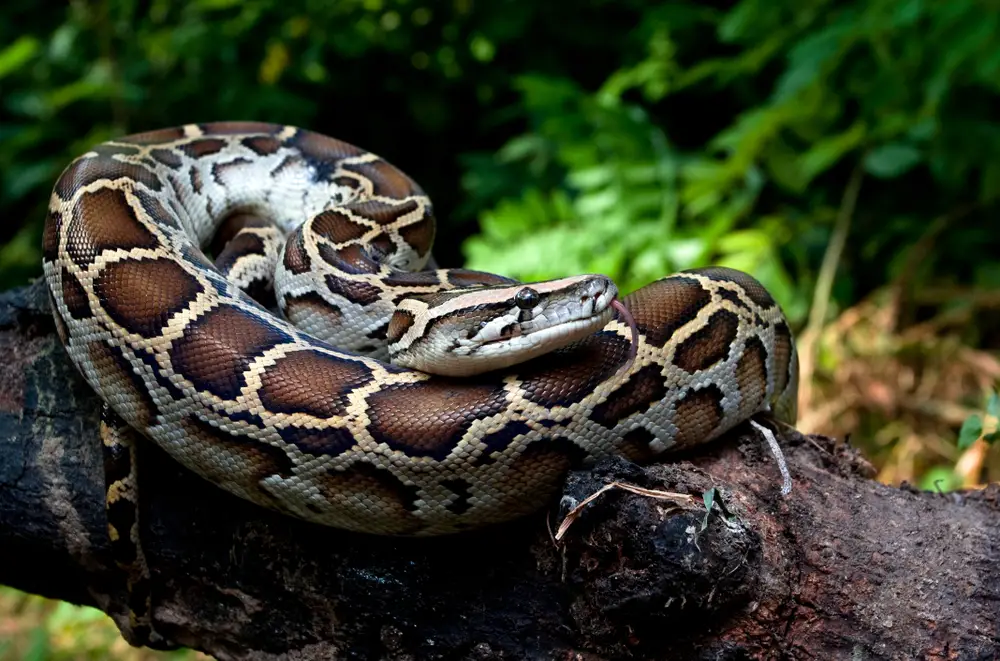
Pythons, with their slow, deliberate movements, are stealth incarnate. These non-venomous snakes, found in the jungles of Asia and Africa, rely on strength and patience to capture their prey. Able to grow to substantial lengths, they often target mammals and birds, constricting them with a powerful embrace. Their ability to silently approach and then strike makes them one of the most efficient predators.
Apart from their physical prowess, pythons have an uncanny ability to blend in with their surroundings. Their patterned scales act as natural camouflage, rendering them nearly invisible to both prey and predators. They have an impressive range of habitats, from swamps to forests, and adapt quickly to new environments. This adaptability, combined with their hunting skill, ensures their place as a top jungle predator.
8. Piranha
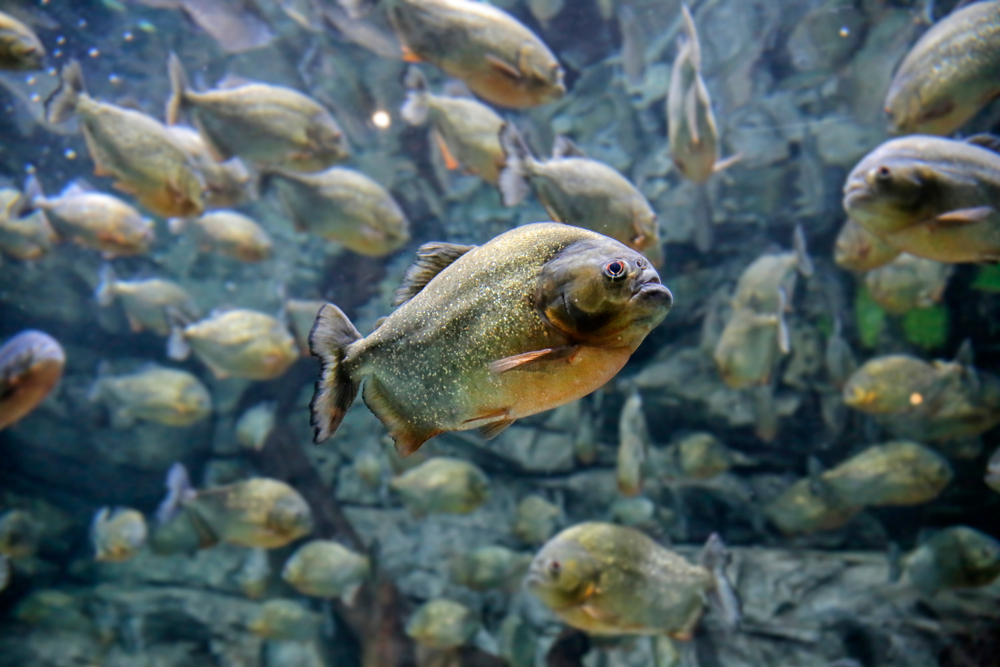
The piranha, with its razor-sharp teeth and insatiable hunger for flesh, is infamous for its feeding frenzies. Native to South American rivers, these fish are more complex than their reputation suggests. While they are formidable hunters, they often scavenge, thriving in schools that can number in the hundreds. This collective hunting strategy allows them to overpower larger prey through sheer numbers.
Contrary to popular belief, piranhas do not typically attack humans without provocation. However, the sight of a frenzied group stripping a carcass in minutes is enough to inspire fear. They are best known for their triangular teeth, perfectly designed to tear flesh efficiently. Despite their small size, piranhas are a powerful reminder of the jungle’s unforgiving nature.
9. Electric Eel
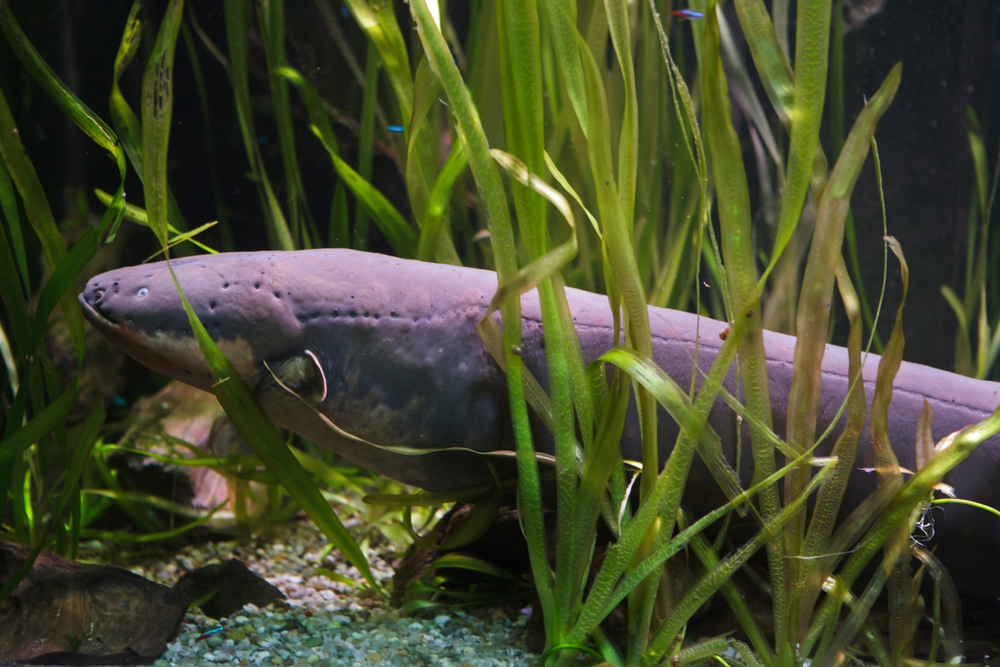
The electric eel is a creature that defies conventional expectations of aquatic threats. Found in the murky waters of the Amazon and Orinoco basins, this eel can generate powerful electric shocks to incapacitate prey. These shocks, reaching up to 600 volts, are not just defensive but also a means of navigation and communication. Their elongated bodies and dark skin enable them to navigate stealthily through their watery domain.
Unlike true eels, electric eels are more closely related to catfish, a curious fact given their fearsome abilities. They have poor eyesight, relying heavily on their electric field to sense surroundings and hunt. This unique adaptation allows them to thrive in turbid waters where visibility is limited. The electric eel’s shock value is literal, turning the waters of the jungle into an electrifying experience.
10. Giant Otter
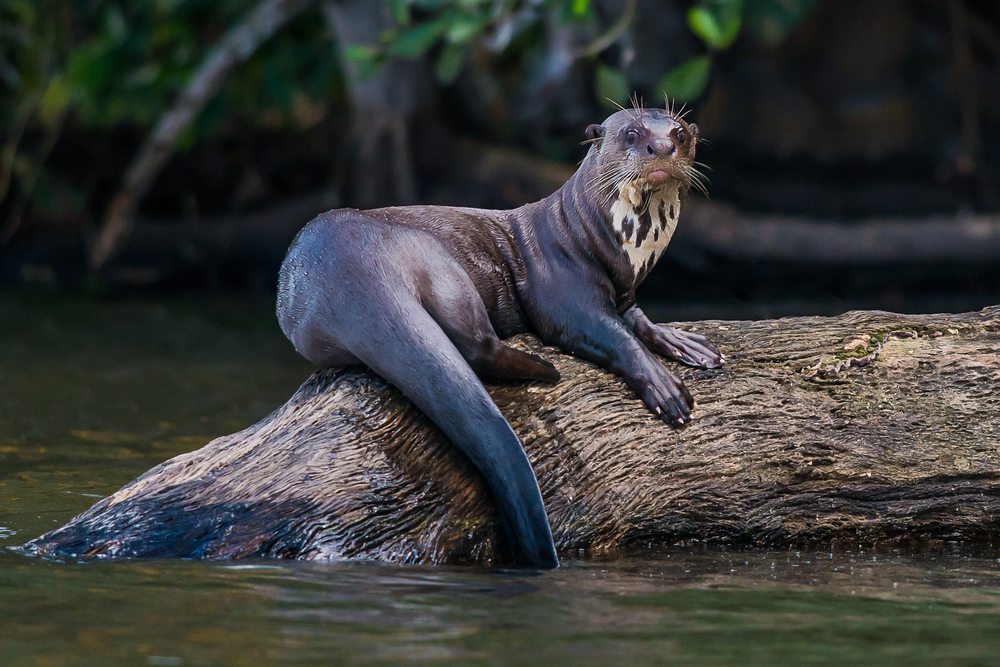
Giant otters, while appearing playful and endearing, are formidable hunters in their own right. Endemic to South America’s rivers, these social animals hunt in groups, leveraging teamwork to catch fish and small mammals. Their streamlined bodies and webbed feet allow for agile movements in the water, making them efficient predators. Despite their playful demeanor, they are fiercely territorial and protective.
Their loud vocalizations, used for communication and warning, reverberate through their territories. As apex predators, they help maintain ecological balance in their riverine environments. Observing their coordinated hunting strategies provides insight into their complex social structures. Though less terrifying in appearance, the giant otter’s predatory skills are a reminder of the diverse threats lurking in the jungle.
11. Bullet Ant
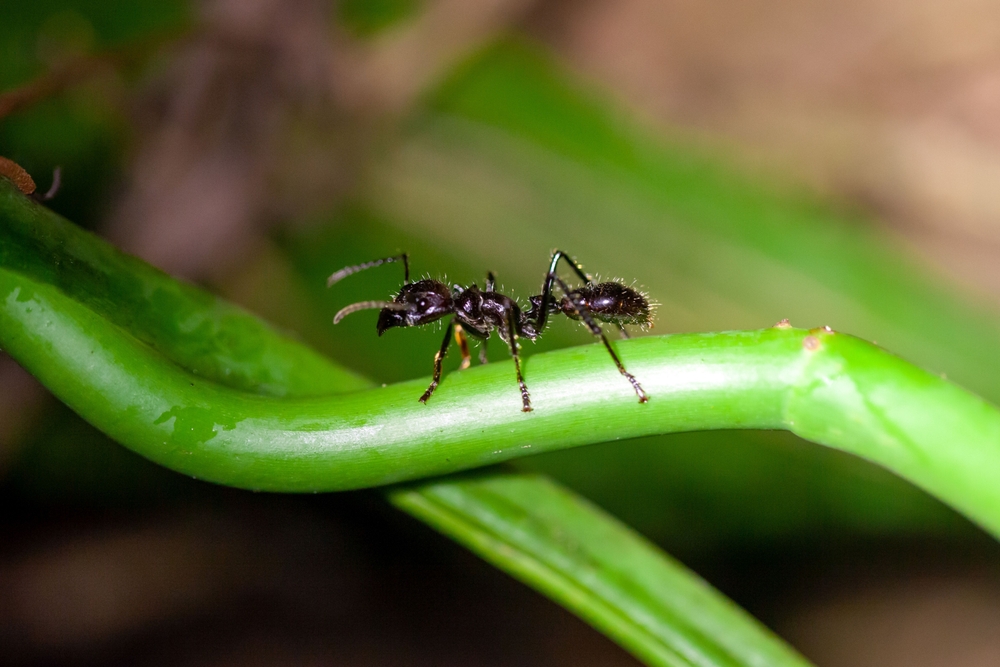
The bullet ant, despite its small size, inflicts one of the most painful stings in the animal kingdom. Found in the rainforests of Central and South America, its sting is likened to being shot, hence the name. These ants are formidable not just for their sting but also for their aggressive defense of their colonies. When threatened, they swarm intruders, delivering multiple painful bites.
Their venom contains a potent neurotoxin that causes intense, incapacitating pain lasting up to 24 hours. This defense mechanism deters predators and protects the ant’s complex social structure. Bullet ants are a prime example of how size does not determine a creature’s ability to instill fear. Their reputation alone makes them a creature that commands respect and caution.
12. Capuchin Monkey
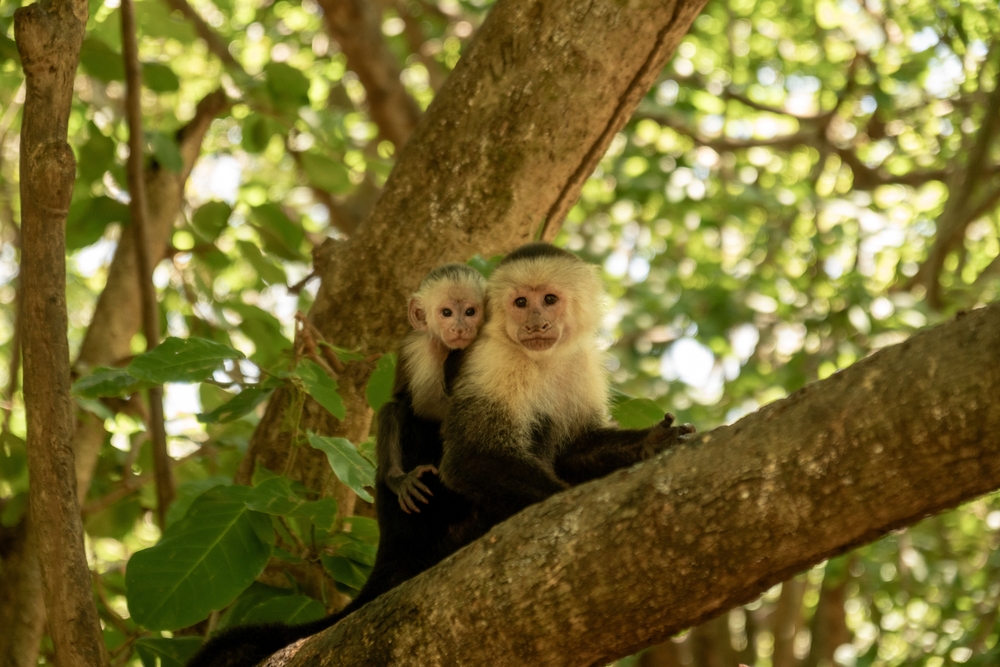
Capuchin monkeys, while seemingly cute, are intelligent and highly adaptable primates that can become aggressive when threatened. Native to Central and South American forests, they are known for their problem-solving skills and complex social behaviors. In the wild, they have been observed using tools and exhibiting strategic foraging techniques. Their intelligence, combined with their agility, makes them formidable competitors in their environment.
Though not typically predators, their opportunistic feeding habits can sometimes include small animals. In conflicts with other species or among themselves, they display cunning tactics to assert dominance. Their sharp teeth and dexterous limbs enable them to defend themselves effectively. While they may not be the most imposing jungle creatures, their intelligence and adaptability make them noteworthy members of the animal kingdom.
13. Komodo Dragon
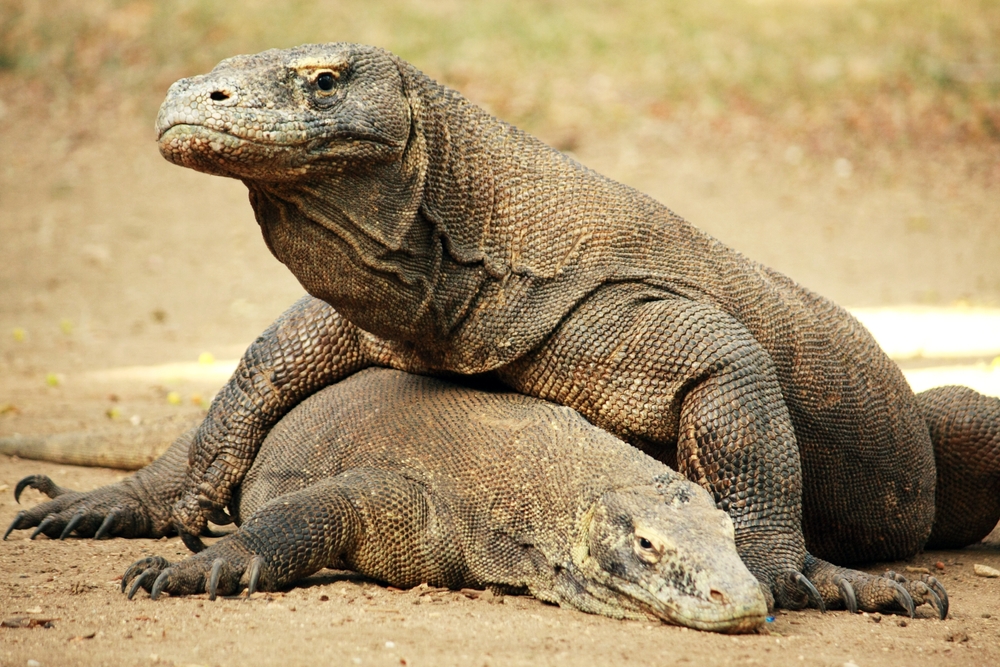
Although not strictly a jungle inhabitant, the Komodo dragon is a predator that deserves mention for its sheer ferocity. Found on a few Indonesian islands, it’s the largest living lizard, capable of taking down prey much larger than itself. Their hunting strategy involves a stealthy approach followed by a sudden, powerful attack, using their strong jaws and sharp claws. They possess a deadly bite, thanks to toxic bacteria in their saliva that causes sepsis in their prey.
Komodo dragons are both scavengers and active hunters, often eating carrion or ambushing live prey. Their size and strength allow them to dominate their environment, with few natural predators to challenge them. Despite their slow appearance, they can sprint at surprising speeds in short bursts. The Komodo dragon’s formidable attributes cement its status as a creature that nightmares are made of.
